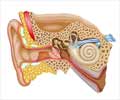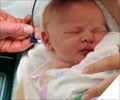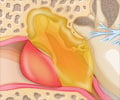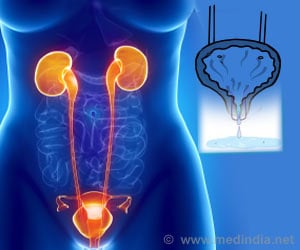Quicker and likely affordable surgical technique can currently be used for treating perforated or punctured eardrum in children and adults, opine researchers.
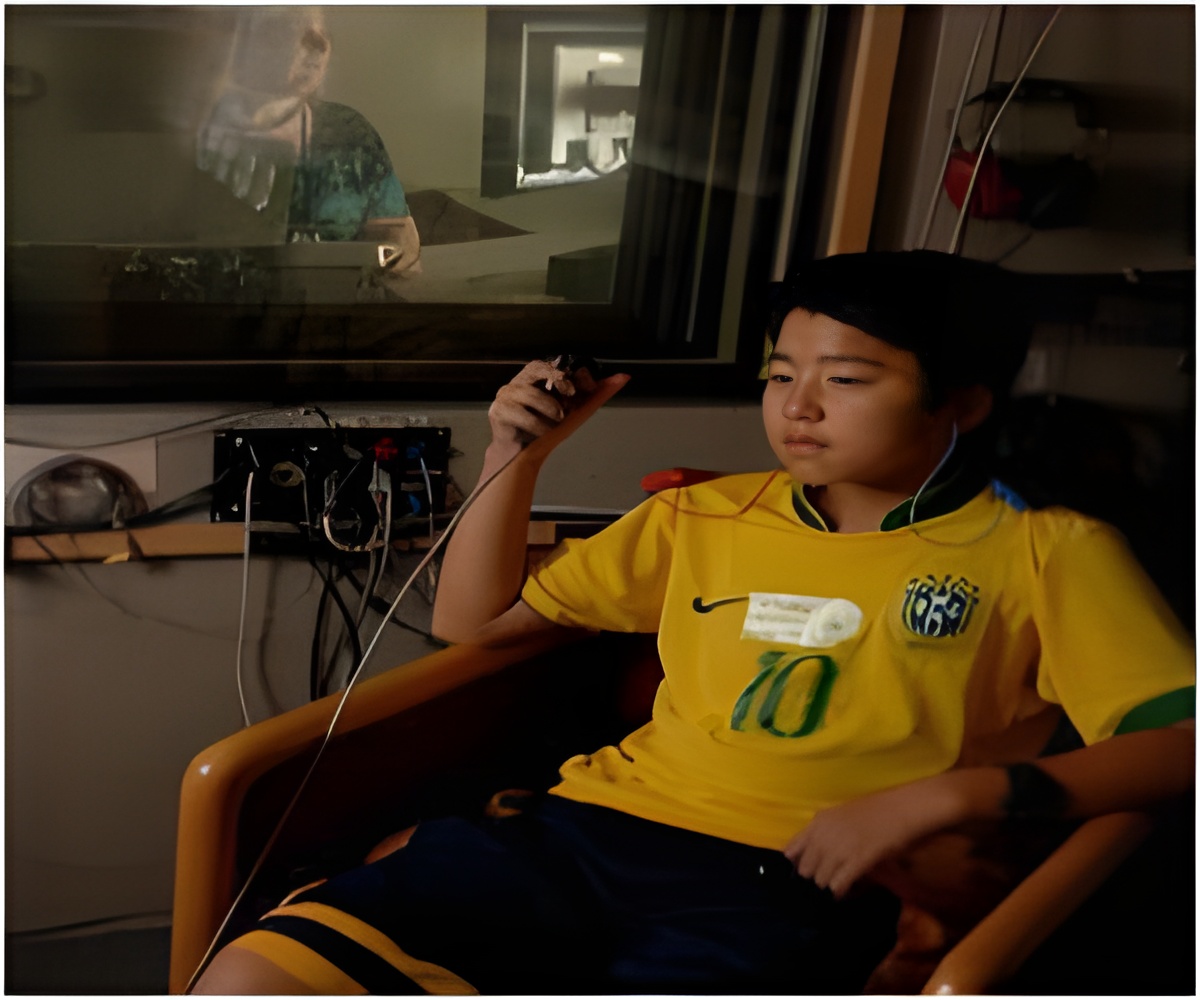
The result is a therapeutic treatment that will be much easier for patients and parents, making surgery more readily available and substantially reducing clogged waiting lists.
"In the past five years, I've operated on 132 young patients in the outpatient clinic at the Sainte-Justine UHC using this technique, as well as on 286 adults at the University of Montreal Hospital Centre (CHUM) outpatient clinic," said Dr. Issam Saliba.
"Regardless of the size of the perforation, the results are as good as those obtained using traditional techniques, with the incomparable advantage that patients don't have to lose an entire working day, or 10 days or more off school in the case of children."
The technique, which Dr. Saliba has designated "HAFGM" (Hyaluronic Acid Fat Graft Myringoplasty), requires only basic materials: a scalpel, forceps, a probe, a small container of hyaluronic acid, a small amount of fat taken from behind the ear and a local anesthetic.
The operation, which is performed through the ear canal, allows the body by itself to rebuild the entire tympanic membrane after about two months on average, allowing patients to recover their hearing completely and preventing recurring cases of ear infection (otitis).
Advertisement
"Myringoplasty (reconstruction of the eardrum) using the HAFGM technique reduces waiting times, cost of the procedure and time lost by parents and children. What's more, it will help clear the backlogs on waiting lists," Dr. Saliba added.
Advertisement
This study has been published in the scientific journal Archives of Otolaryngology - Head and Neck Surgery.
Source-ANI

